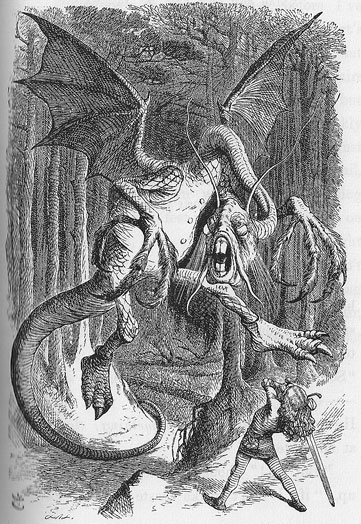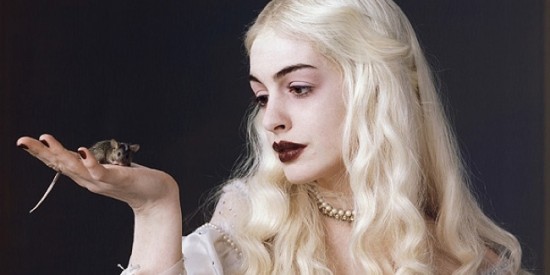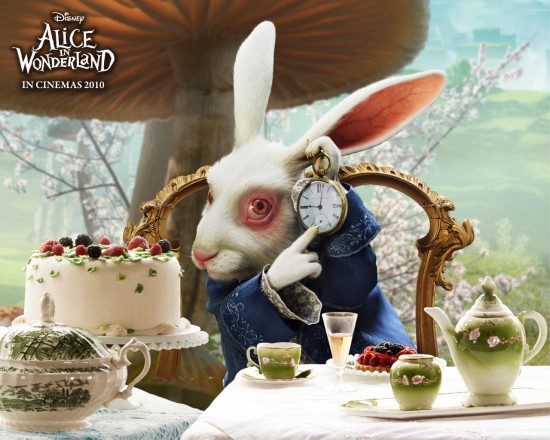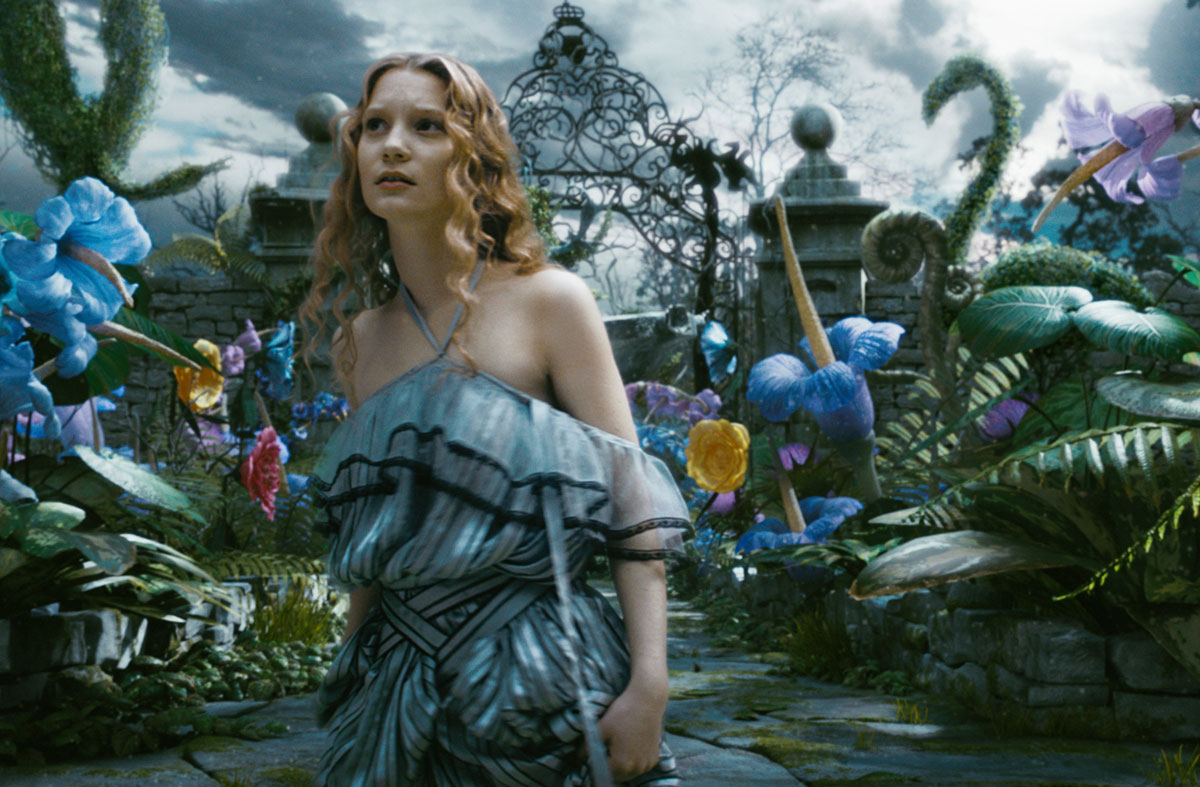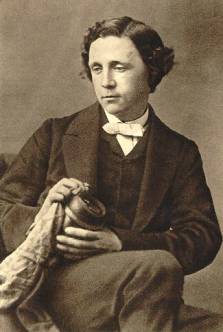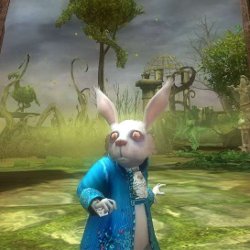A white stone day, as Lewis Carroll would note
 Friday, February 26, 2010 at 11:09PM
Friday, February 26, 2010 at 11:09PM It looks like I was on the mark about the new Alice in Wonderland as a violent version for our times. Thanks to Larry Rohter, of the New York Times cultural desk, for interviewing me about Lewis Carroll and the Alice books and film. It's great to find myself as one of his sources in his article "Drinking Blood: New Wonders of Alice's World". Rohter notes how Alice is re-interpreted by each generation, and that this one may respond well to a feminist, empowered teen-age girl fighting against a serious of odd characters in Underland, instead of getting married.
When Lewis Carroll had a particularly memorable day, he would write that he 'marked this day with a white stone.' I would mark being a source in the Times as a white stone day.
Now, I'm looking forward to seeing the film and hope to do it with a lot of Alice fans next Friday. We'll see if this new twist, using Carroll's original characters, makes sense beyond the spectacle of 3D.
 The modern Alice, fighting for what's right.
The modern Alice, fighting for what's right.
Oh, and I do want to disagree with Robert Zanuck, one of the film's producers. He told Rohter, “It’s a piece of entertainment where you have a heroine off to another adventure at the end, and unless I’m wrong, people of all nationalities will just enjoy it as an entertainment and not try to interpret it.” With Alice, there's always something interesting to interpret. And judging by the numerous articles about the film, there are many people who are curious and want to reflect on what this Alice is about. Interpretation is another word for 'critical thinking,' which is what we're trying to teach students from kindergarten through college. Alice does it all the time in the original Wonderland.

